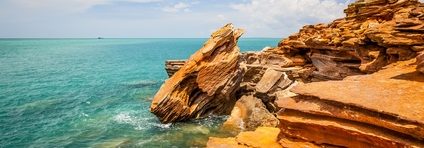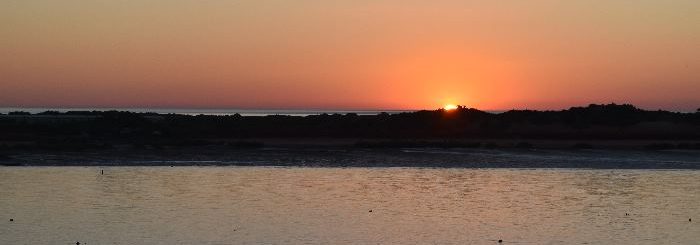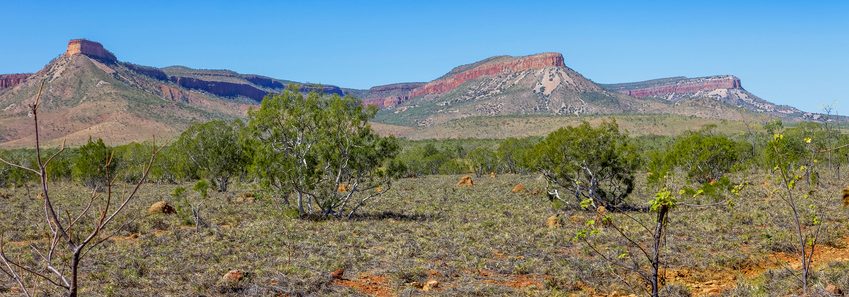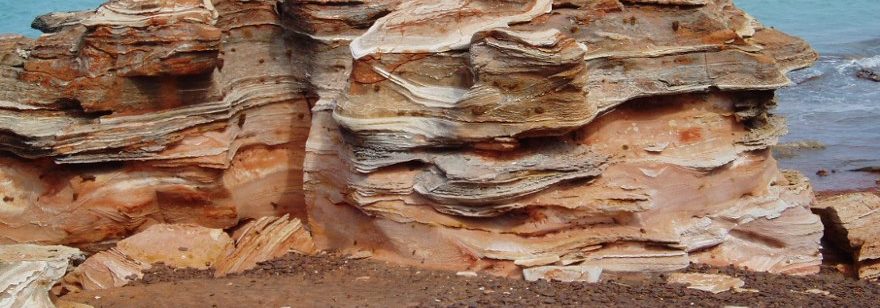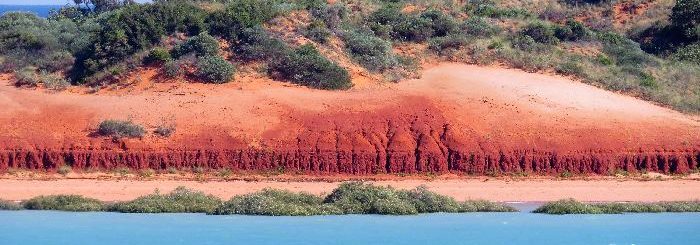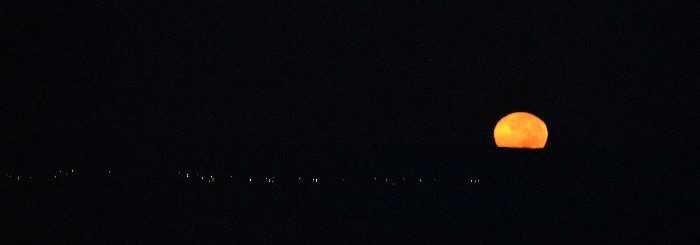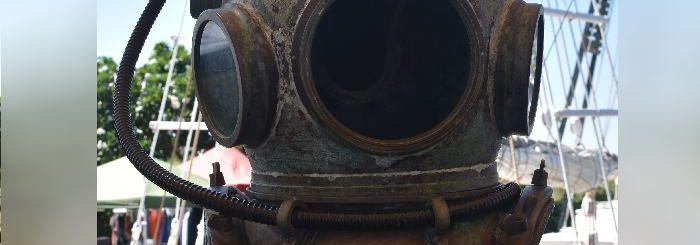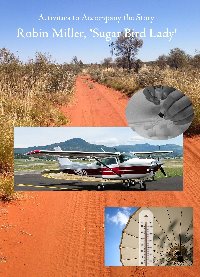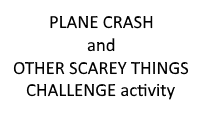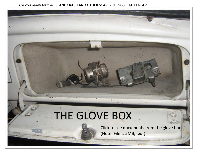Heroes and Heroines
You are Here: History » Heroes and Heroines

Robin Miller, ‘Sugar Bird Lady’ (1940 – 1975)
The true story of Robin Miller is a captivating tale of a brave and determined heroine whose life was bursting with adventure and achievement.
Please Scroll Down
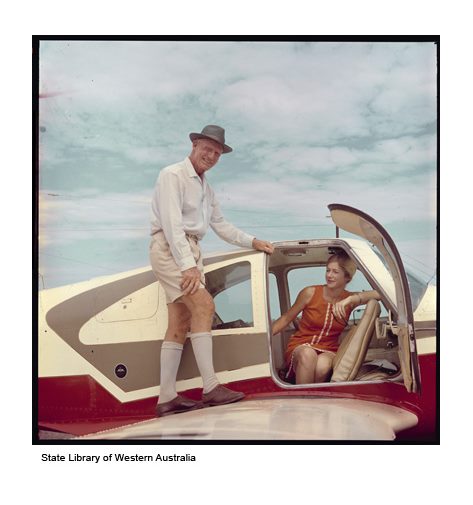

Robin Miller was the daughter of Captain Horrie Miller, aviator and co-founder of MacRobertson Miller Airlines. Her mother was Dame Mary Durack, well known author and descendant of one of Australia’s pioneering pastoral families.
1950s
Broome – Growing Up
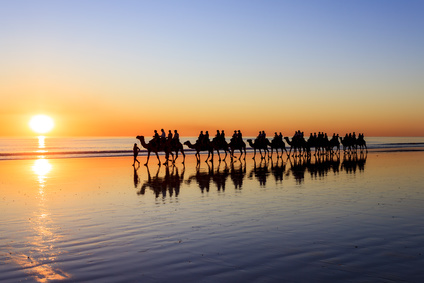
Broome in the 1950’s was famous for its fishing, diving, pearls, pearl luggers, ship wrecks and the sad and curious relics of wartime bombing raids. That is mostly still true. Today, the summers are still scorching and humid, the winters are still sun-drenched and warm, the sunsets still glorious.
Broome was the much loved holiday destination for Robin and her family. Few playgrounds could offer such a rich treasure trove of adventures for the fertile imagination.
Fringed on the western side by the turquoise blue of the Indian Ocean and to the east, north, and south by the vast, parched beauty of the outback, Broome was a playground of fishing, swimming, exploring and make believe journeys inspired by rusty, bombed out planes, land locked boats, copper diving helmets and exotic pearl diving paraphernalia.
The skies held no limits for adventure either. Broome was the mid-west base for their father, Captain Horrie Miller. Flying was his work and his passion, and so the children were immersed into the world of aviation from a very early age.
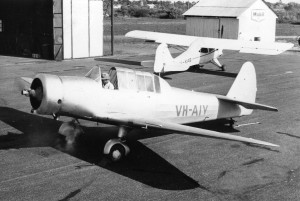
Robin and her sister Juliana would clamber eagerly into the back of their father’s small plane and soar off into the skies with Horrie at the controls.
A breathtaking panorama of the northwestern Australian coastline and the rich, vast beauty of the outback unfolded beneath them. Clear blue waters alive with sting rays, dugongs, turtles, whale sharks melted from view as the harsh, desolate, beautiful interior zoomed into focus. This was an ancient landscape sculpted by a savage climate and the hands of time.
These early experiences nurtured an irrepressible passion for flying and a great love of the outback and its colourful inhabitants. It was inevitable that they would shape the extraordinary life of Robin Miller.
1959
Towards a Nursing Career
Robin commenced training as a nurse at Royal Perth Hospital, graduating as a triple certificated nurse in 1962. She was awarded the State Medical Award for her year.
Robin embraced her new career and continued to work as a nurse for the reminder of her life.
Flying was never far from her thoughts however, and the inhospitable north-west was where she felt most at home. Together, they beckoned her.
1966
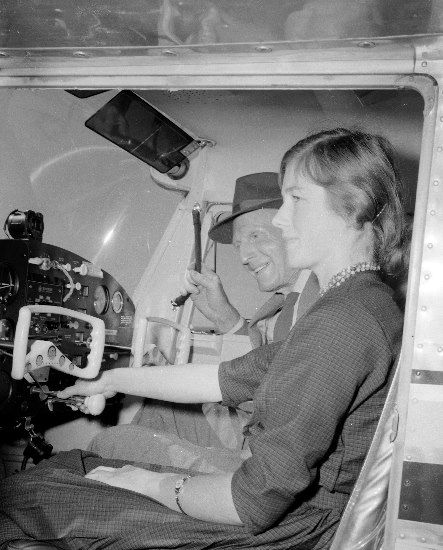
Robin commenced training as a commercial pilot having previously obtained her private pilot’s license. The weeks that followed were a blur of activity – evening classes, daytime nursing and early morning flying lessons. Robin’s dream was to forge a career doing what she loved – nursing and flying.
Female commercial pilots were rare at that time however. Opportunities for female commercial pilots were non-existent.
Timing, circumstance, and determination presented a glimmer of an opportunity.
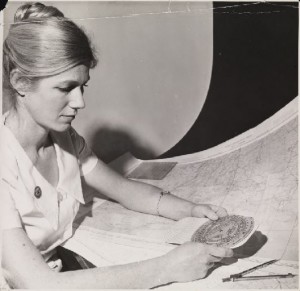
Polio
Polio swiped at its victims with a vicious and devastating randomness, bringing illness, paralysis and death to children and adults alike. Western Australia, like the rest of the world, had not been spared.
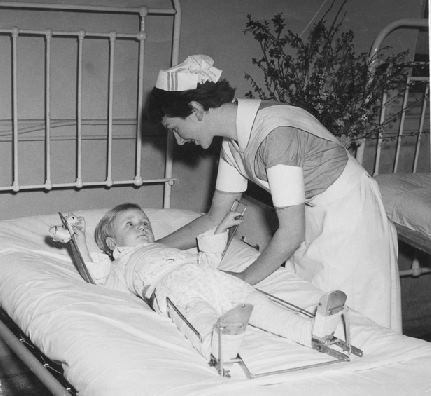
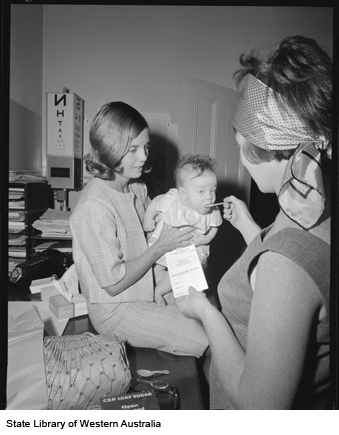
(c) Photo by Ken Hotchkins, 1967. Reproduced with kind permission.
Medical teams had previously vaccinated residents in towns and populated centres. The new, miracle vaccine had stopped the spread of the epidemic.
Worrying new cases were appearing in the north however. The control and elimination of polio was possible only if the entire population was vaccinated, no matter how scattered or remote their location.
Robin envisioned a solution and took her idea to the Commissioner for Health, Western Australia. Her plan was as ambitious as it was brave. Some might think it crazy. The proposal was to fly to outback towns, stations, and remote settlements and single-handedly administer polio vaccine to thousands of people in outback Western Australia.
There was no other plan, and so the proposal was accepted.
Robin personally borrowed $12,500, a significant sum of money. She then purchased her very own small aircraft, a Cessna 182.
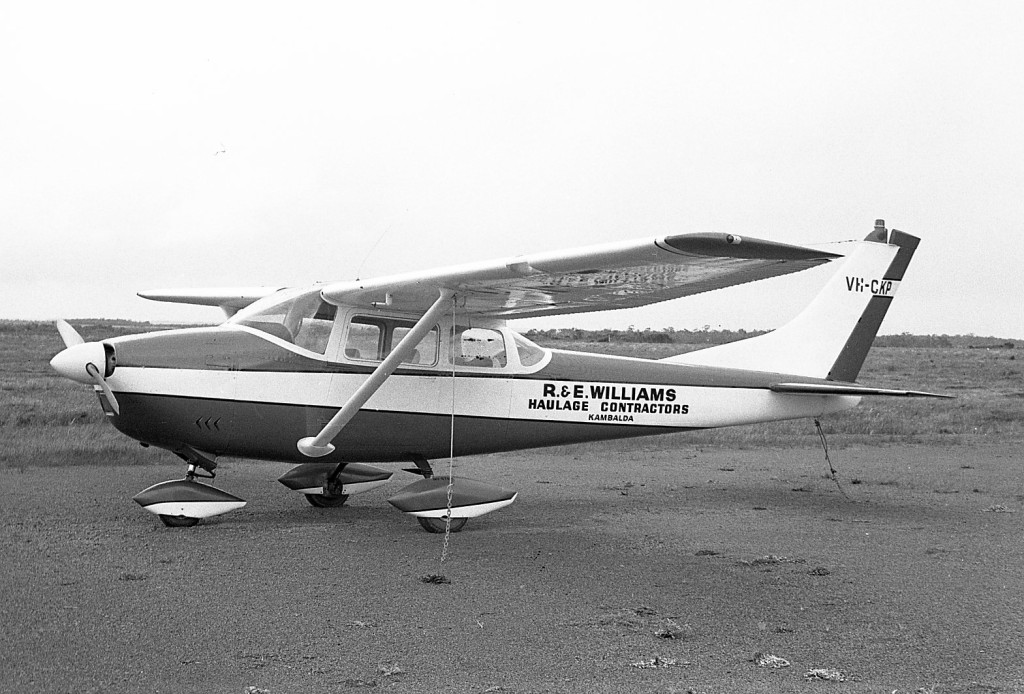
1967 – 1969
The North-West Polio Vaccination Program
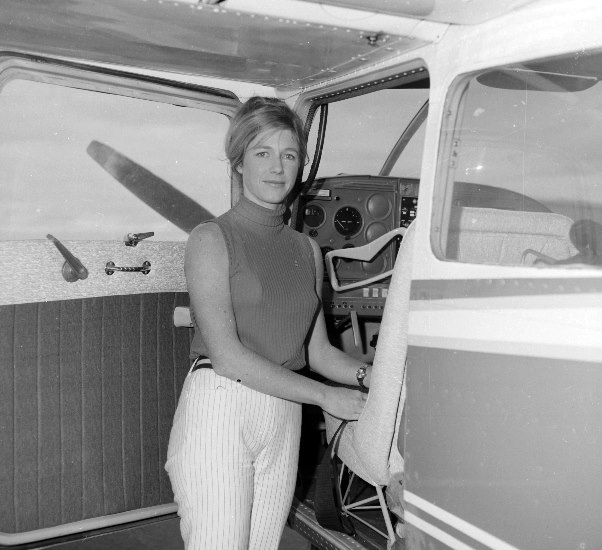
The task ahead was daunting. The schedule was divided into two main geographical areas – the north-west section first, followed by the Kimberleys. Each vaccination round would be of eight weeks duration. The supplies, including medical equipment, record cards, sugar cubes, vaccines, towels, disinfectant, needed to be loaded onto and off the little plane at each destination. Safe storage was needed – vaccines required refrigeration.
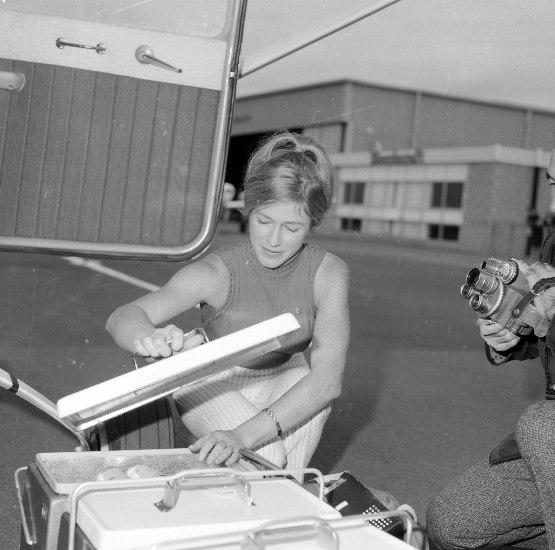
Phone calls were placed ahead, letters mailed, notices posted in schools, town halls and community centres. Visits were timed whenever possible to coincide with community gatherings such as sports meetings. This would “capture” as many people as possible.
The days were long, busy and rewarding. Robin was often occupied long after the closing of ‘official clinic hours’ to attend to those who had missed doses or were seeking treatment for an astonishing array of injuries and ailments.
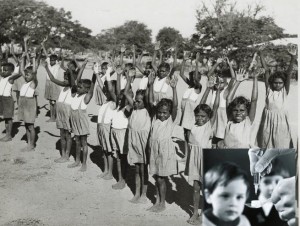
Immense distances separated many of the isolated ‘clinics’. To the occupants of these outback homesteads and settlements, the unmistakable drone of an approaching small plane signaled the arrival of a rare and welcome visitor. A sudden burst of activity could be seen from the air as everyone swarmed, like tiny ants, to greet the plane.
Because the vaccine was often dispensed on a sugar cube, aboriginal children named Robin ‘The Sugar Bird Lady’.
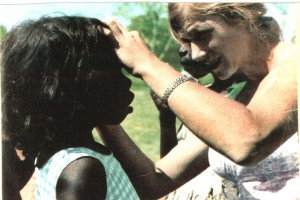
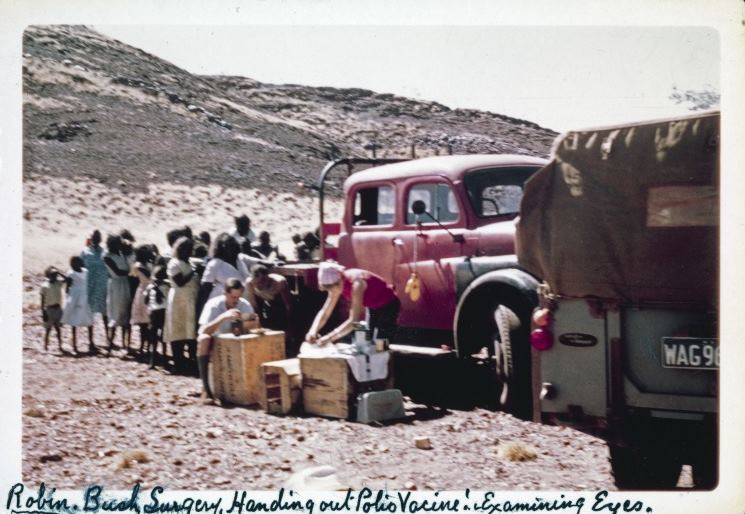
The Kimberley Vaccination Program
After completing the first round of vaccinations in the north-west of WA, Robin replaced her Cessna with a Mooney aircraft. The registration R.E.M. with the call sign ‘Romeo-Echo-Mike’ matched her initials, Robin Elizabeth Miller.
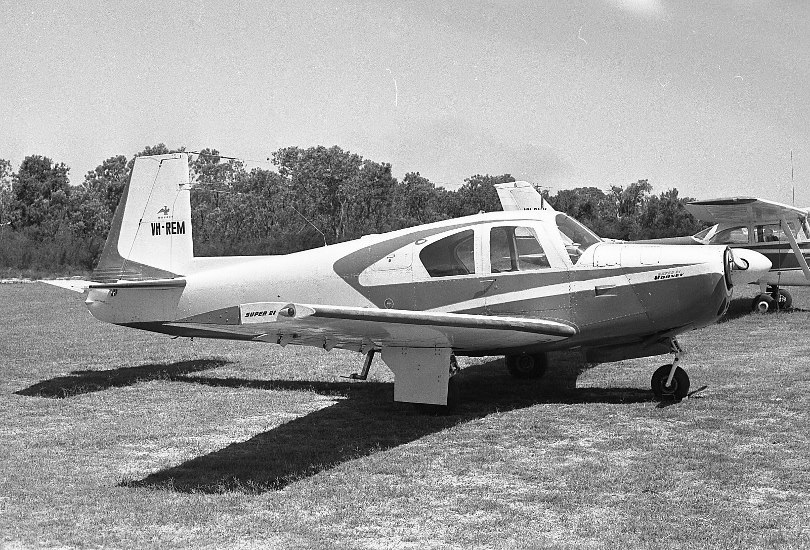
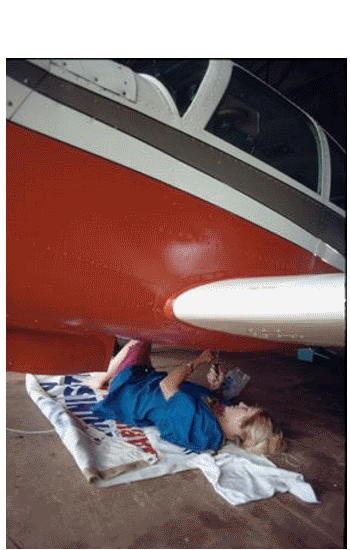
Robin promptly embarked upon the second round of vaccinations in the Kimberley.
Perilous landings, mechanical problems, tropical storms, searing heat, biting cold, flooded runways, and the sheer geographical and practical enormity of the task did not deter her.
From May 1967, over a period of two years, Robin flew more than 69,000 kilometres, and dispensed 37,000 doses of Oral Sabin polio vaccine to the inhabitants of some of the remotest corners of Western Australia.
The vaccine was dispensed to individuals scattered over an area of 1/2 million square miles. In October 1969, just two years after the first vaccination flight, the mission was completed.
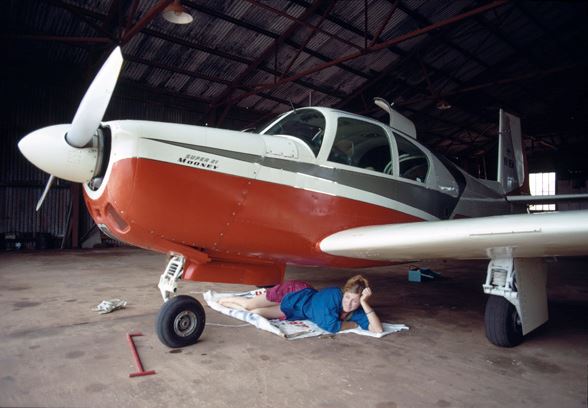
Royal Flying Doctor Service
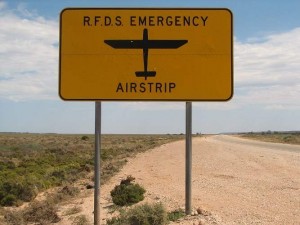
After the immunization program was completed, Robin continued to fly with the Royal Flying Doctor Service. Her passion was shared with her husband, Harold Dicks. Harold was doctor, pilot and director of the Western Australian division of the RFDS.
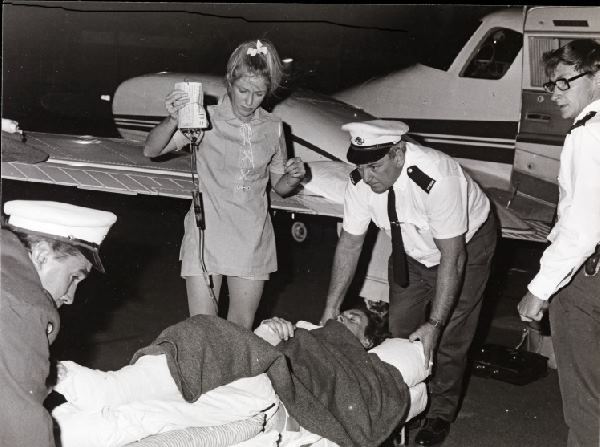
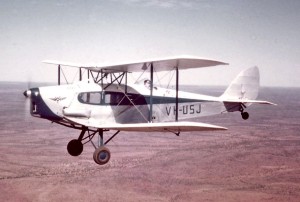
Other Accomplishments
Ferrying Aircraft
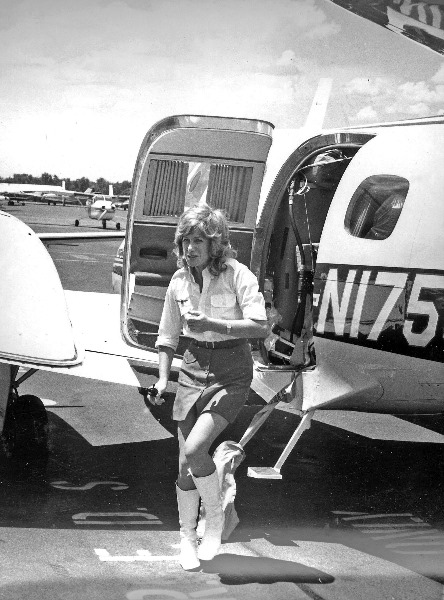
An accomplished pilot, Robin also ferried aircraft for the Royal Flying Doctor Service. Aircraft purchased overseas had to be flown to Australia from the US or Europe – a dangerous mission, challenging for even the most experienced pilots. Flights involved long stretches of flying in cramped and often freezing conditions, sometimes over hostile air space or above vast, empty stretches of ocean. Mechanical failure, excessive fuel consumption, wild weather, navigational error or cultural misunderstanding could swiftly spell disaster.
Narrow escapes included being shot at when flying in the middle east. A hostile and unwelcome detention awaited the pilots after a forced landing during a sandstorm.
1973
The Powder Puff Derby
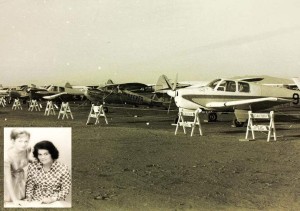
Bottom left: Robin Miller, navigator and Rosemary de Pierres, pilot of the Beechcraft Bonanza during the race from California to New York.
In 1973, Robin took time out to participate in the All Women’s Transcontinental Air Race, ‘The Powder Puff Derby’, finishing in sixth place. The event was used to promote and raise funds for the Royal Flying Doctor Service. The gruelling 2,600 mile race from California to New York took three days.
1975
A Tragic End
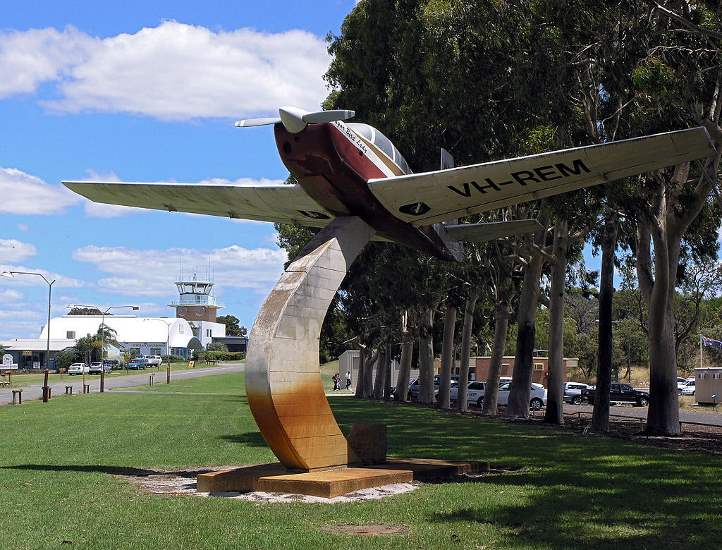
Sadly, Robin was aged only 35 when she passed away after a lengthy battle with cancer (melanoma). Her strength, courage, and determination will continue to inspire all who encounter her story.
Post Script
It was quite by accident, that I stumbled upon an image of Robin Miller. The image was captioned ‘Sugar Bird Lady’. Sensing a tale well worth telling, I followed the online trail.
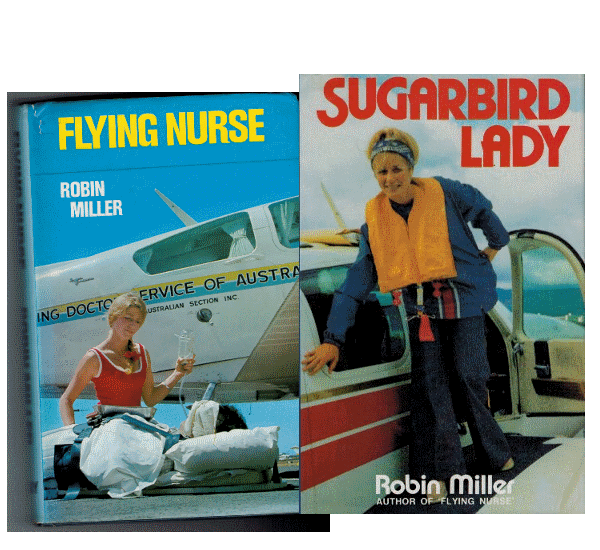
It must be noted that by far the best person to tell the story of Robin Miller was Robin Miller herself.
Robin shared her adventures in The Flying Nurse, 1971. Sugar Bird Lady, published after her death, was compiled from Robin’s own manuscript and diaries.
Both publications provide a fascinating portrayal of a remarkable lady whose contribution to outback medicine and aviation are worthy of remembrance by all Australians. It is hoped that by stumbling upon this little introduction, the reader will also be inspired to delve into Robin’s published stories and share in her adventures.
Perhaps there is also an aspiring film-maker in the audience with a nose for a very good story and the will to make it come to life on the screen.
Published Stories – currently out of print but available from libraries and second-hand book shops.


Scroll down for Videos, Printable Activities, Links and Resources
Videos related to the Robin Miller Story, please click here to view or hide content
Robin Miller Story Related Videos – links to externally created content.
Outback Flights, the RFDS, Flying, Polio
Outback Flying
Flying doctors and nurses make dozens of bush landings every year. Private airstrips are particularly hazardous as there is no way of checking the suitability and condition of the landing strip. Wildlife and wandering stock add to the dangers. Experience a bush landing in a Cessna from the safety of your chair.
Forecasting the Weather – would you like to learn more about weather conditions and flight safety? 18-minute Video from Civil Aviation Authority.
Take a tiny glimpse at the complex process of planning a flight using tools that include maps, charts, ruler and compass.
Out-N-Back
OUT-N-BACK is a six-part video series, captured on multiple cameras. Follow the 6,000- kilometre flight in a Cessna 172. Learn flying tips along the way! The journey starts and ends in Bathurst. The episodes capture magnificent scenery and sights, including the Flinders Ranges, Lake Eyre in flood, the Furneaux Islands, and Tasmania.
Out-N-Back is published by the Civil Aviation Safety Authority, Australian Government and can be found online at: http://services.casa.gov.au/outnback/#/outnback/episode1
A pilot records his experience living in Halls Creek, Western Australia for the year 2011 – 2012.
Vaccines
What is a vaccine? Approx 35 minutes.
Polio
Short video Introduction to Polio in the 1940’s and the implementation of the vaccine.
By Philadelphia Children’s Hospital approx. 1 minute
 Country and western style song about vaccination. Lyrics offer a good starting point for various discussions. Suggest upper primary onwards.
Country and western style song about vaccination. Lyrics offer a good starting point for various discussions. Suggest upper primary onwards.Notes and Printable Activities, please click here to view or hide content
Links related to the Robin Miller Story, please click here to view or hide content

LINKS & RESOURCES – links to externally created content.
1. Robin Miller
Robin Miller Biography Wikipedia
https://en.wikipedia.org/wiki/Robin_Miller_(nurse)
The Australian Weekly 1967 – Robin Miller and her Polio Vaccination Work
The Australian Women’s Weekly article, 1967, featuring Robin and her polio vaccination work
ABC Radio Transcript 2015
Patsy Millett remembers her sister Robin Miller, the Sugar Bird Lady, with ABC Kimberley’s Vanessa Mills. http://www.abc.net.au/news/2015-12-08/sugar-bird-lady/7010710
ABC Kimberley Stories from Western Australia
Flying on Borrowed Time
http://www.abc.net.au/news/2015-12-08/robin-miller-the-sugar-bird-lady/7010418
Sad News, December 1975
The West Australian Reports on Robin Miller’s Death, December 1975
2. Royal Flying Doctor Service
Real-Time Map of Royal Flying Doctor Planes
https://www.flyingdoctor.org.au/map/
Royal Flying Doctor Service Educational Resources
Excellent Resources for Primary School Teachers and Students http://www.flyingdoctor4education.org.au/
The West Australian special feature, 85th anniversary RFDS, 2013
https://info.thewest.com.au/westadvertising/feature/20130516/downloads/feature.pdf
3. Polio
http://www.polioeradication.org/Polioandprevention/Historyofpolio.aspx


